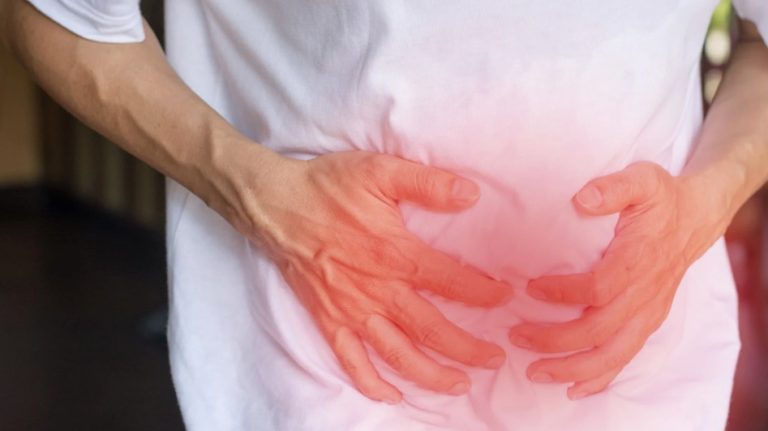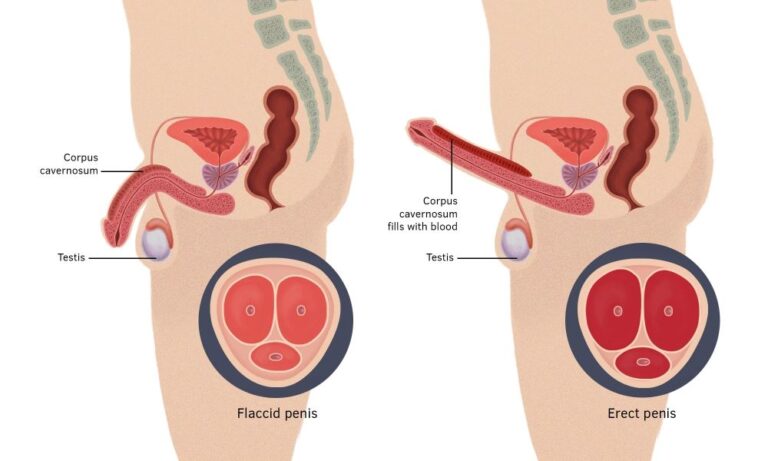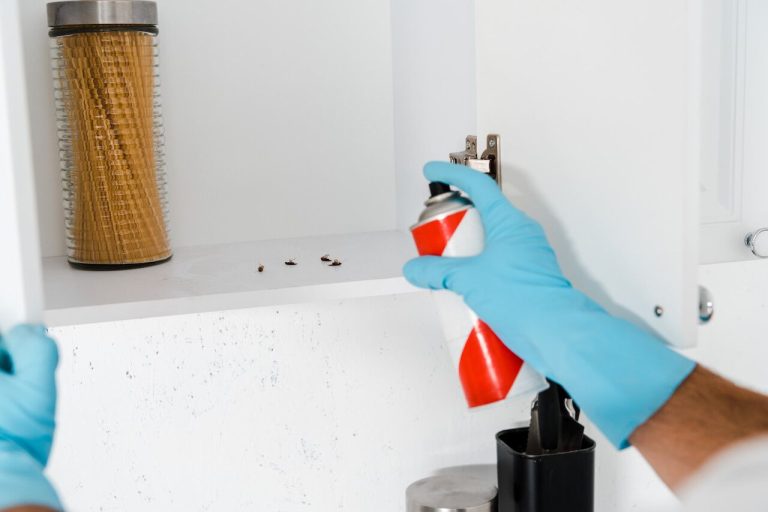
It’s estimated that up to 80% of women will experience pelvic pain at some point in their lives. While the causes can be many and varied, there are a few primary sources of pelvic pain that are particularly common. If you’re experiencing pelvic pain in South Charleston, West Virginia, it’s important to know what these sources might be so that you can get the right treatment. Here are six of the most common primary sources of pelvic pain in women. Visiting a specialist in pelvic pain in South Charleston, WV is significant.
-
Pelvic Inflammatory Disease
While often confused with sexually transmitted infections, pelvic inflammatory disease can be caused by both bacterial and viral STIs. PID is a serious infection of the female reproductive organs that can cause severe pain during sex and urination. If you experience any of the symptoms below it’s important to see your doctor as soon as possible.
-
Cystitis or Urinary Tract Infections
These are extremely common sources of pelvic pain in women, and can range from mild to debilitating. A urinary tract infection (UTI) occurs when bacteria enter the urethra or bladder during urination and multiply rapidly, causing irritation and inflammation.
Women with a history of UTIs should always take care to make sure they drink plenty of fluids to help flush out bacteria. If you have a history of UTI, it’s important to see your doctor if you experience pelvic pain as this could be a sign that another infection has developed.
-
Sexually Transmitted Infections
Sexually transmitted infections can also cause pelvic pain in women. Gonorrhea, chlamydia, syphilis, and trichomoniasis are all examples of sexually transmitted infections that can affect the reproductive organs and urinary tract, causing inflammation and irritation that results in pelvic pain. If you experience symptoms of an STI it’s important to get yourself tested and treated as soon as possible to reduce the discomfort.
-
Irritable Bowel Syndrome
IBS isn’t just an uncomfortable digestive problem; it can also contribute to pelvic pain in women. There are two factors at play here. First, IBS is associated with spasms in the intestinal tract, which can cause cramping and pain in the pelvis. Additionally, the lining of the bowel may be hyper-sensitive to food triggers, so even if there is no intestinal cramping, low-level pain can be present.
-
Urinary Stones
Urinary stones can be a significant cause of pelvic pain. The urinary tract, ureters, and kidneys are known as the bladder’s “neighbors.” These organs all work together to remove liquid from the body. When blockages happen in any of these organs – such as a stone – it will affect more than just that stone-bearing organ. Signs that you may have a urinary stone include flank or back pain, blood in the urine, and pain during urination.
-
Appendicitis
Appendicitis is a serious disease that can even be deadly if it goes untreated. It occurs when the appendix becomes infected and inflamed, causing the organ to swell. This typically affects women in their 20s and 30s. The most commonly cited symptom of appendicitis is abdominal pain, which may begin as sharp or cramping pain on one side of the body and migrate to the other.
While the causes of pelvic pain can be many and varied, there are a few primary sources that are particularly common. If you’re experiencing pelvic pain, it’s important to know what these sources might be so that you can get the right treatment.





